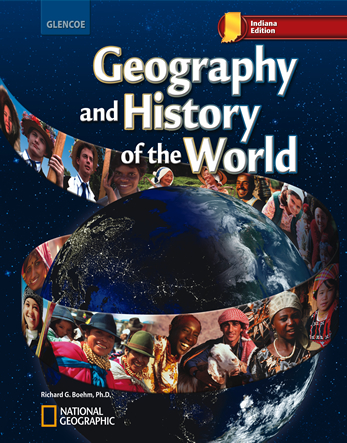

Geography and History of the World © 2010 Indiana EditionChapter 32: Physical Geography of Australia, Oceania, and AntarcticaChapter OverviewsThe region of Australia, Oceania, and Antarctica is one of the most diverse in the world. It spans the tropical islands of the Pacific, the deserts and reefs of Australia, the mountains, lush valleys, and beaches of New Zealand, and the ice and snow of Antarctica.The Land Australia, both a country and a continent, is dominated by the flat, dry interior. Mountains known as The Great Dividing Range separates this “outback” from the fertile east coast. Along the northeastern shore lies the Great Barrier Reef. Australia has rich mineral resources and a thriving agriculture despite limited land use. The island lands of Oceania are divided into three clusters-Melanesia, Micronesia, and Polynesia. High islands still experience active volcanoes and earthquakes, while low islands are atolls shaped by the buildup of coral reefs on the rims of submerged volcanoes. Most of the large islands of Oceania are continental islands. New Zealand's two main islands have beaches, ancient forests, snow-tipped mountains, and lowlands and plateaus that support crops and livestock. On Antarctica, the Transatlantic mountains seperate the continent into East antartica-alandmass-and West antartica- a collection of islands joined by ice. Mountainous west antartica contains active volcanoes. Climate and Vegetation Australia is a land of vast differences in climate and vegetation. The Great Dividing Range blocks moisture from reaching the Western Plateau and the surrounding areas, where desert and steppe climates are found. The coastal areas have a variety of moist climates and support most of the country's agriculture. Most of Oceania has a tropical rain forest climate, but low islands get little rainfall and have only shrubs and grasses. Although most of New Zealand has a marine west coast climate, mountains can experience fierce winds and blizzards year-round. The country's geographic isolation has led to unique plants such as kauri trees and manuka. Antarctica is the earth's highest, driest, windiest, and coldest continent, but some species of mosses, algae, and lichens thrive along the coasts. |  |















